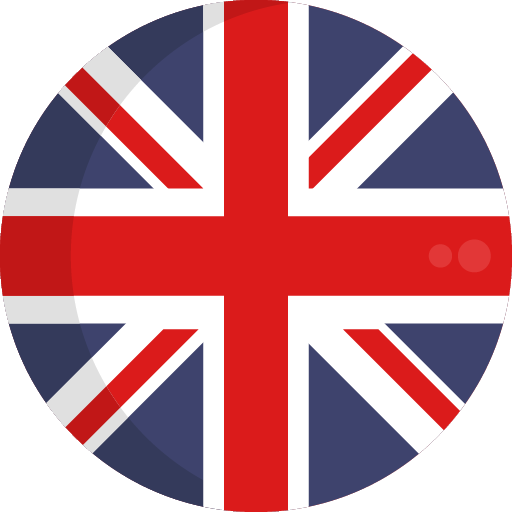Section 96a
Mixed reaction to Jesus' teaching and miracles
Jerusalem, in the temple
| John 7:11-31 |
| 11Now the Jews were looking for him at the feast, saying, “Where is that man?” 12And there was much murmuring about him among the crowds. Some were saying, “He is a good man.” Others were saying, “No, he is deceiving the crowd.” 13No one, however, was speaking openly about him for fear of the Jews. |
| 14Midway through the feast, Jesus went up to the temple courts and began to teach. 15The Jews were amazed, saying, “How does this man have such learning, since he has never had formal instruction?” 16Jesus answered them, “My teaching is not my own; it comes from him who sent me. 17If anyone wants to do his will, he will know whether my teaching comes from God or whether I am speaking on my own authority. 18He who speaks on his own authority seeks his own glory, but he who seeks the glory of the one who sent him is true, and there is no unrighteousness in him. 19Did not Moses give you the law? Yet none of you keeps the law. Why are you seeking to kill me?” 20The crowd answered, “You have a demon! Who is seeking to kill you?” 21Jesus answered them, “I did one work, and you are all amazed. 22Moses gave you circumcision (not that it came from Moses, but from the fathers), and that is why you circumcise a man on the Sabbath. 23If a man receives circumcision on the Sabbath so that the law of Moses will not be broken, why are you angry with me because I made a man entirely well on the Sabbath? 24Do not judge according to appearance, but judge with right judgment.” |
| 25Now some of the people of Jerusalem were saying, “Is this not the man whom they are seeking to kill? 26And behold, he is speaking openly, and they are saying nothing to him. Could it be that the rulers indeed know that this is truly the Christ? 27Yet we know where this man is from, but when the Christ comes, no one will know where he is from.” 28Then Jesus cried out as he taught in the temple courts, “You know me and you know where I am from. Yet I have not come on my own authority, but he who sent me is true. You do not know him, 29but I know him, because I have come from him, and he sent me.” 30So they were seeking to arrest him, but no one laid a hand on him, because his hour had not yet come. 31Still, many from among the crowd believed in him and said, “When the Christ comes, will he do more signs than this man has done?” |
Notes
Temple Mount
For many people, their first view of the Temple Mount is from the Mount of Olives to the east. The most easily recognized area of Jerusalem; the Temple Mount is located within the walls on the eastern side of the Old City. The site of the Temple of Solomon, and of the later Temple built by Herod the Great (which is the temple Jesus visited), is now an enormous stone platform upon which stands the golden covered Dome of the Rock and the Al Aksa Mosque.
Here Jews come to pray at the Western Wall; here Muslims come to pray at the Dome of the Rock and the Al Aksa Mosque. Here Israeli soldiers and the Arab Temple Mount Police protect what may rightly be called the most revered spot on the face of the earth.
Solomon built the First Temple on the threshing floor that his father David had purchased from Arunah the Jebusite (2 Samuel 24:18 25). The site was hallowed as the place where God stayed the hand of Abraham as he was about to sacrifice his son Isaac on Mount Moriah (2 Chronicles 3:1), and where God stopped the plague against the Israelites (2 Samuel 24:15 18). In addition to the Temple and its associated buildings, Solomon built other magnificent structures between the City of David and the Temple Mount.
Southern Steps of the Temple
The main public access to the Temple was from the southern steps. People entered and exited through a double and triple gate, together called the Huldah Gate. These gates had to handle enormous crowds during feast days; estimates as high as 500,000 people at a time. The triple arched gate was the entrance and the double arched gate served as the exit. Although the double and triple gates have been filled in, you can still see their outlines in the walls near the well-preserved steps of the monumental staircase.
The triple gate to the east led to a tunnel that brought worshippers up to the Temple and the columned porches. To leave the Temple they would exit the double gate on the west and go down a staircase 4 times larger than the entry staircase, since everyone was leaving at the same time. The steps below the wider staircase are well preserved and are one of the few places you can walk where you are sure Jesus walked. An interesting exception to the rule about entry and exit gates regarded mourners. According to the Talmud, they were to go in and out against the traffic in order that people would know of their loss. People would then extend their condolences by saying, “May He who dwells in this House give you comfort.”
In this area we will also see ritual baths from the time of Christ, important inscriptions from the Temple, the street that runs inside the Western Wall tunnels, and the ruins from the Roman destruction of Jerusalem.



















